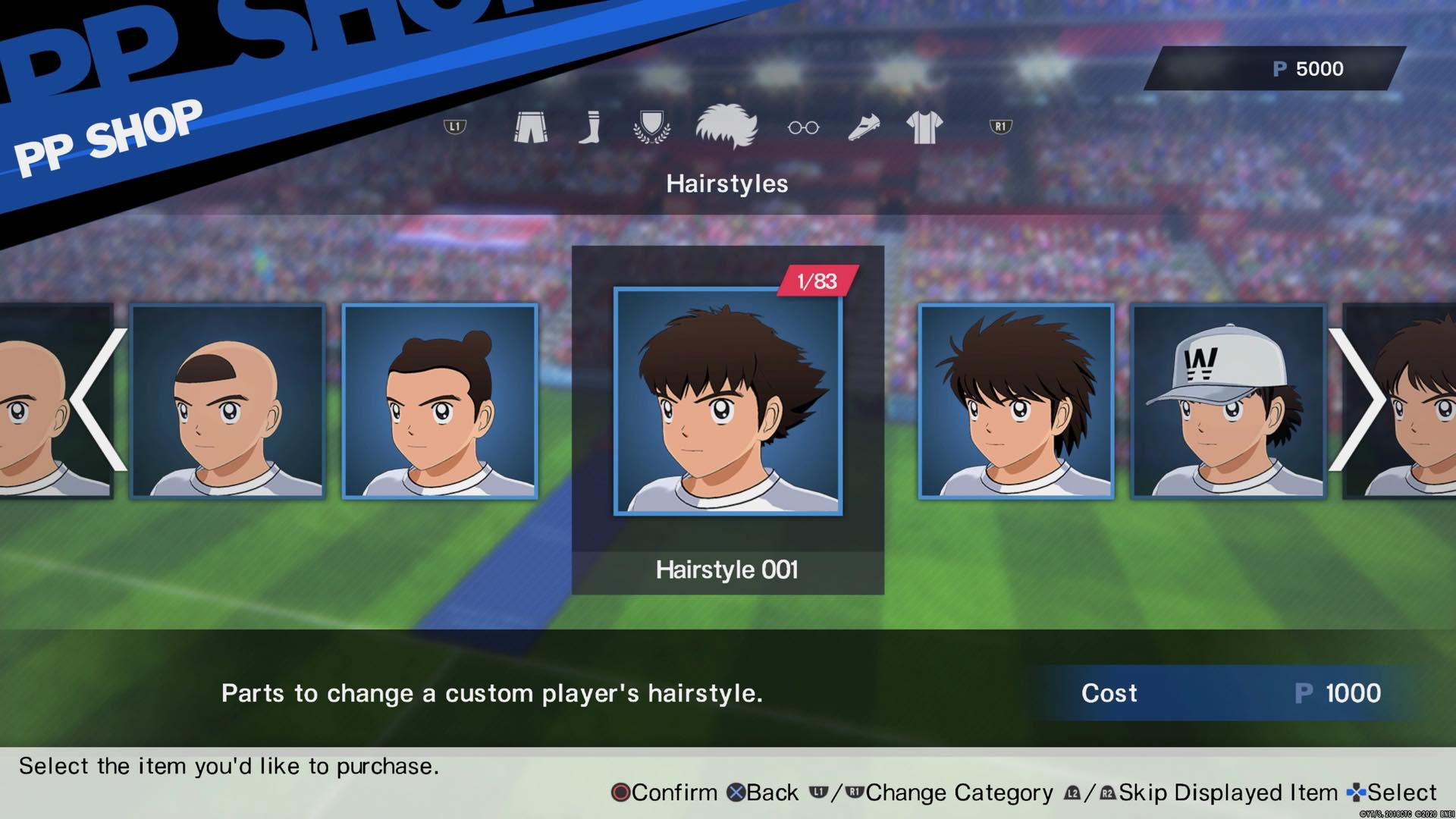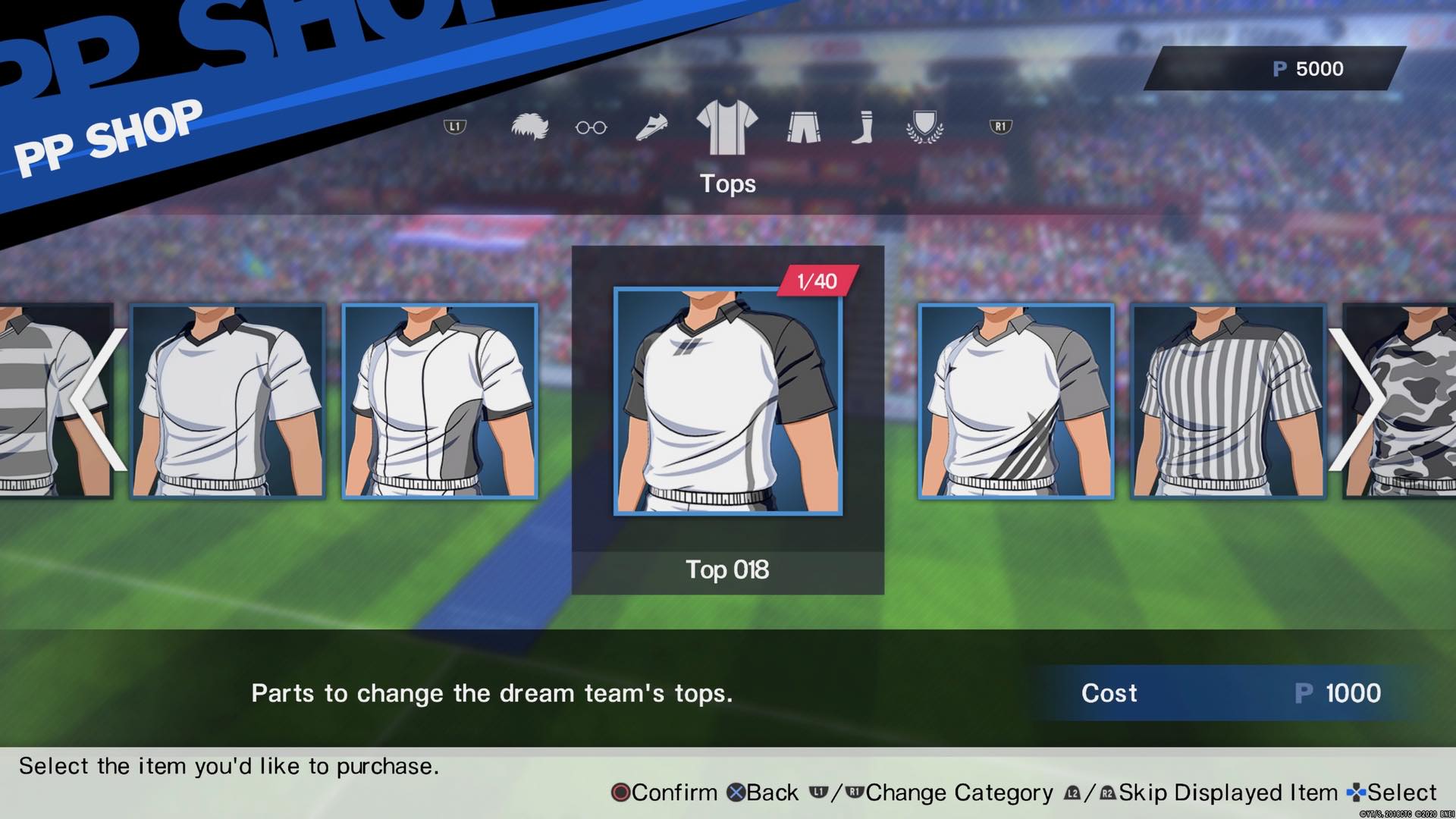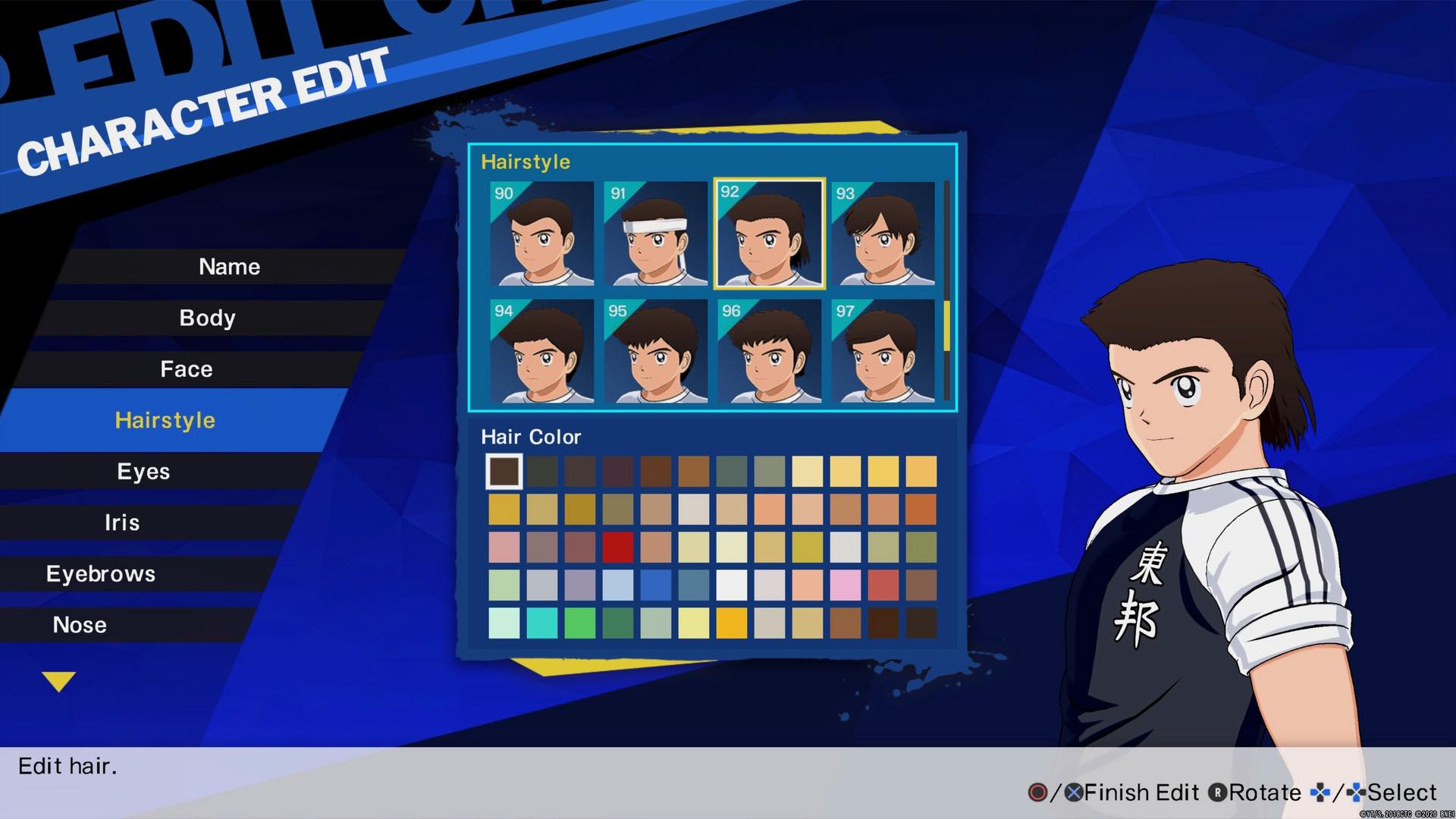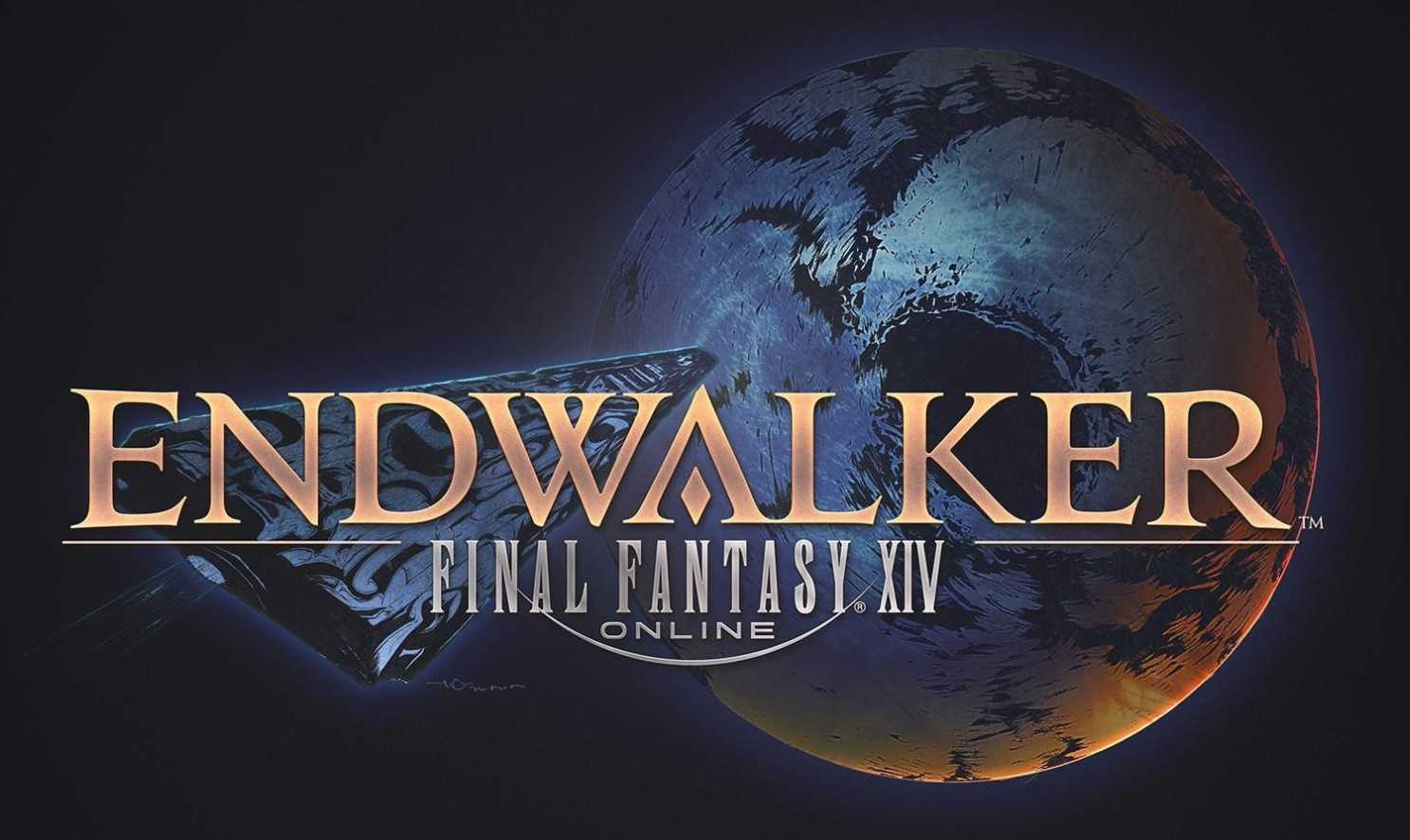Review: Captain Tsubasa: Rise of New Champions – Hitting the goalpost
Coming from a country that is not primarily known for its love of Soccer, or Football as some would call it, Captain Tsubasa was largely unknown to me. While I’ve heard of it, I haven’t had the pleasure of watching it yet, which is surprising to some of my friends, greeting me with a “You haven’t watched Captain Tsubasa yet? Lol” everytime I mention the game.
Anyways, Captain Tsubasa is an anime that follows Tsubasa Ozora, a really (really REALLY) good Soccer youngster who sets out to win the National championships for a 3rd time in a row, and along the journey, he faces off against other schools, each with their ace player who in turn have unbelievable abilities as well. If it sounds like a cliche sports anime, that’s because it is, and it is with this premise that the single player campaign of the game takes place in.
The main draw of Captain Tsubasa: Rise of New Champions is spread out through its 2 campaign modes – Taking Tsubasa through the national tournament and taking your “New Hero” to basically be the next big Soccer superstar, complete with your custom character and all.
One thing about the narrative of the campaign is that it is based on the anime, and so like Dragon Ball Z: Kakarot, the events of the campaign are pretty much set in stone, with the main (and probably the only) difference being the final scores of the matches you will be playing.
We’ll get to how the “Soccer” part of the game actually works later, so we’ll talk about the anime part first.
Playable anime episodes
Bandai Namco have proven that they can produce good looking anime games. Save for some outliers *coughJumpForcecough*, it’s hard to find fault when they transfer an anime property into a game, presentation-wise. The art is close to accurate, the game is fully voiced and the voice acting is great, even the animations are on point. Bandai Namco knows its anime games and they pay a huge amount of respect to the source material, which is what you’ll be getting with Captain Tsubasa.
Even without extensive knowledge about the show, it was easy for me to see how well done the characters are, looking mostly like their counterparts from the anime, from the looks to their costumes and even to their moves, which is something fans will appreciate. It was also easy for me to follow the story beats, and while the storytelling could have been improved due to some of the sequences being dull, the narrative was not hard to understand at all.
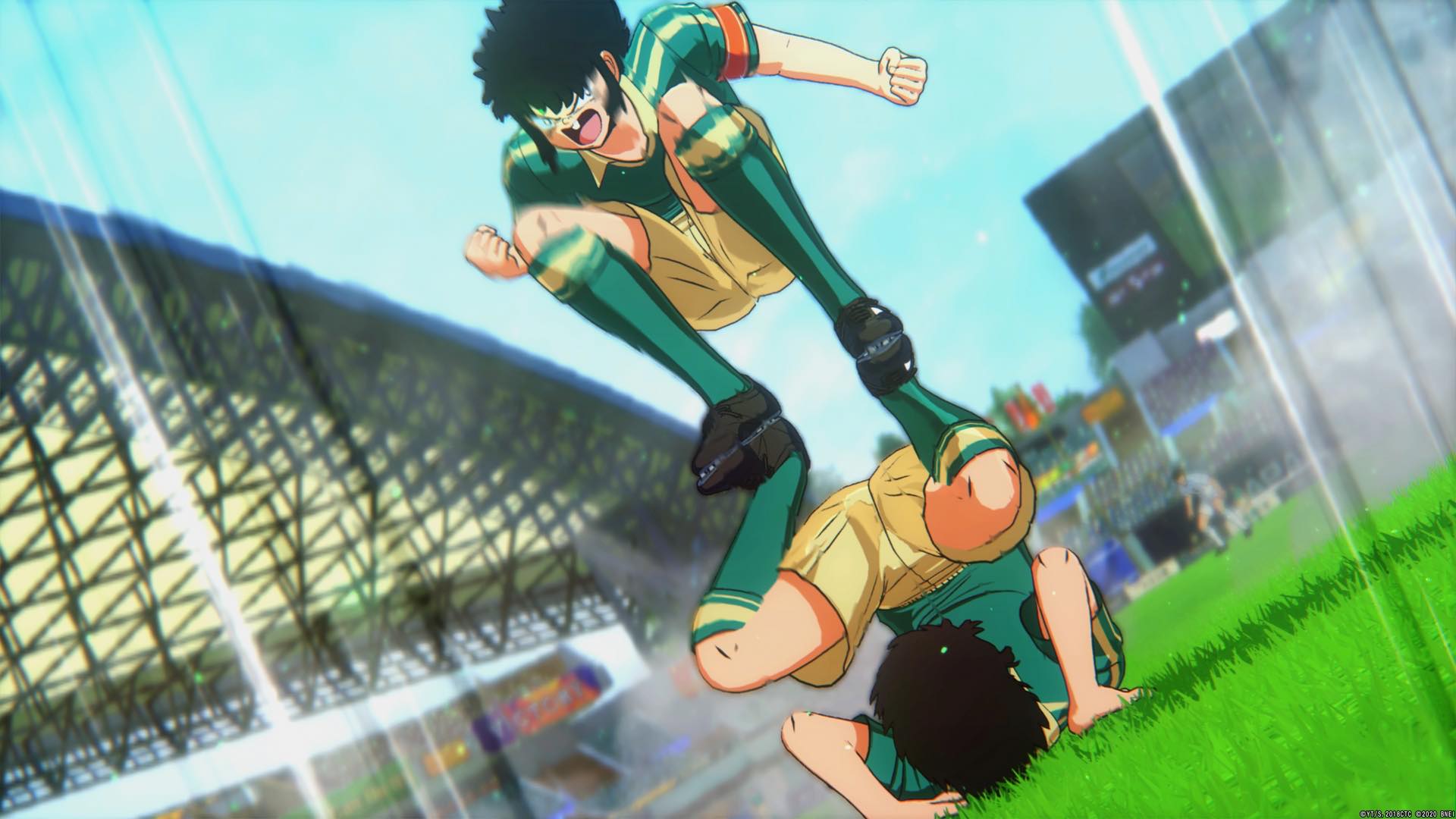
Tsubasa employs a lot of his ridiculous trademark moves in the game, like his ever famous Drive Shot. Each of his ace opponents also have their own set of unique moves like the Tachibana Twins’ Skylab Hurricane and Kojiro Hyuga’s Tiger Shot. All of these trademark moves are faithfully captured and are definitely highlights during matches everytime they are performed. They are all sorts of crazy, but that’s what the anime and the game is all about, unabashed fun.
The tournament matches have their specific “anime moment” to them, which is basically a scene from the anime that is recreated in the game. In the match against Hanawa, the Tachibana Twins will perform both the Triangle Shot and the Skylab Hurricane, which will lead to a sure goal, automatically putting you at a disadvantage. In another instance, Hikaru Matsuyama and his Eagle Shot / Northern Country Shot will also score an automatic goal, which you’ll have to overcome. These scenes add some bit of challenge to the game and will be a treat to the eyes for fans and even newcomers to the franchise.

None of these are particularly hard to pull off, as you’ll only have to charge the Square button to a certain point to pull them off, which is indicated on the meter above the head of your controlled character. The controls are quite simple to use and while there are some complicated moves and more advanced passing techniques to learn, you can enjoy the game with just a few buttons and moves, which lends itself well to the arcade style gameplay.
In some parts of the anime (I would assume), Tsubasa would get slightly injured but would continue playing despite the condition. One touch I particularly liked in the game was that during this injury, Tsubasa would “feel” it as well – lose spirit faster, be more ineffective during tackles, and so on. It’s a nice touch, and shows how much of the source material is being followed.
As mentioned earlier, Captain Tsubasa is similar to Dragon Ball Z: Kakarot in this sense, where there is really only one way to go in the story and if you know about the anime, there you already know how things are going to turn out, prompting you to turn into that Leo DiCaprio pointing meme. While Dragon Ball Z has already been remade and retold to death, Captain Tsubasa has the unique privilege of being introduced to a wider audience who probably does not know about the anime since the last Captain Tsubasa game was back in 2010 for the Nintendo DS. It proves to be a great way to be exposed to the lore of Tsubasa and even for someone like me who has not watched the anime, it definitely intrigued me enough to do some research and watch a few episodes, specifically that episode where Tsubasa counters the Tachibana Twins in mid-air. That s*** was craaaaaaazy.
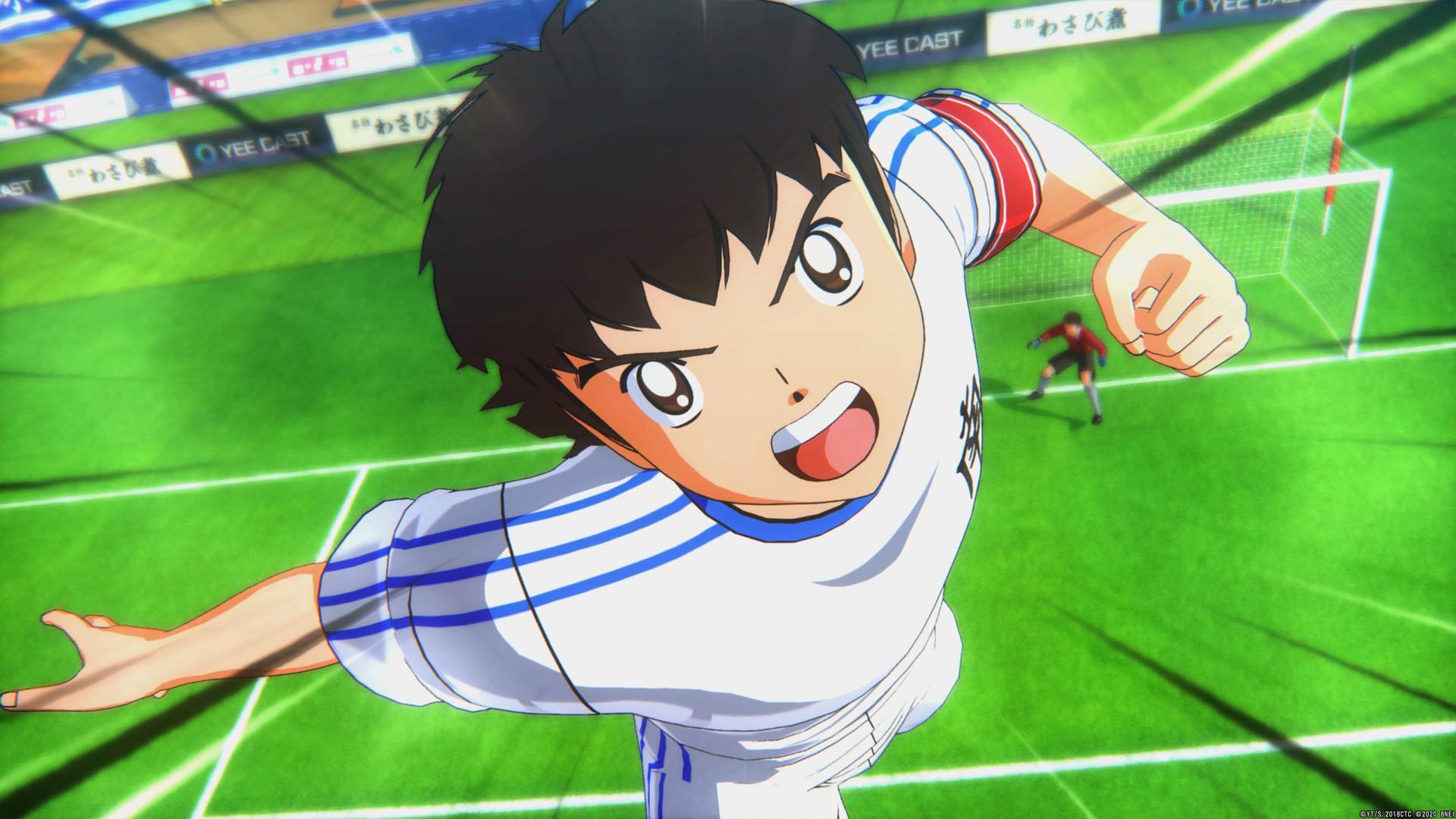
Might as well have been Rugby
The ridiculousness of it all extends to the Soccer part of the game as well. Anything goes as there are no yellow or red cards here, so feel free to tackle your opponents to death as they will do the same to you. Ace defenders like Hiroshi Jito can block special shots with his body without flinching, and star goalkeepers like Ken Wakashimazu defends the goal with some highly acrobatic one-handed saves. It’s all a spectacle and we’ve got front row seats.
If you’re expecting gameplay like FIFA or PES, you’ve come to the wrong place. At certain points in the game, formations and positions don’t even matter because it’ll all boil down to you zig-zagging past 2 or 3 defenders and pulling off your special move, rinse and repeat.
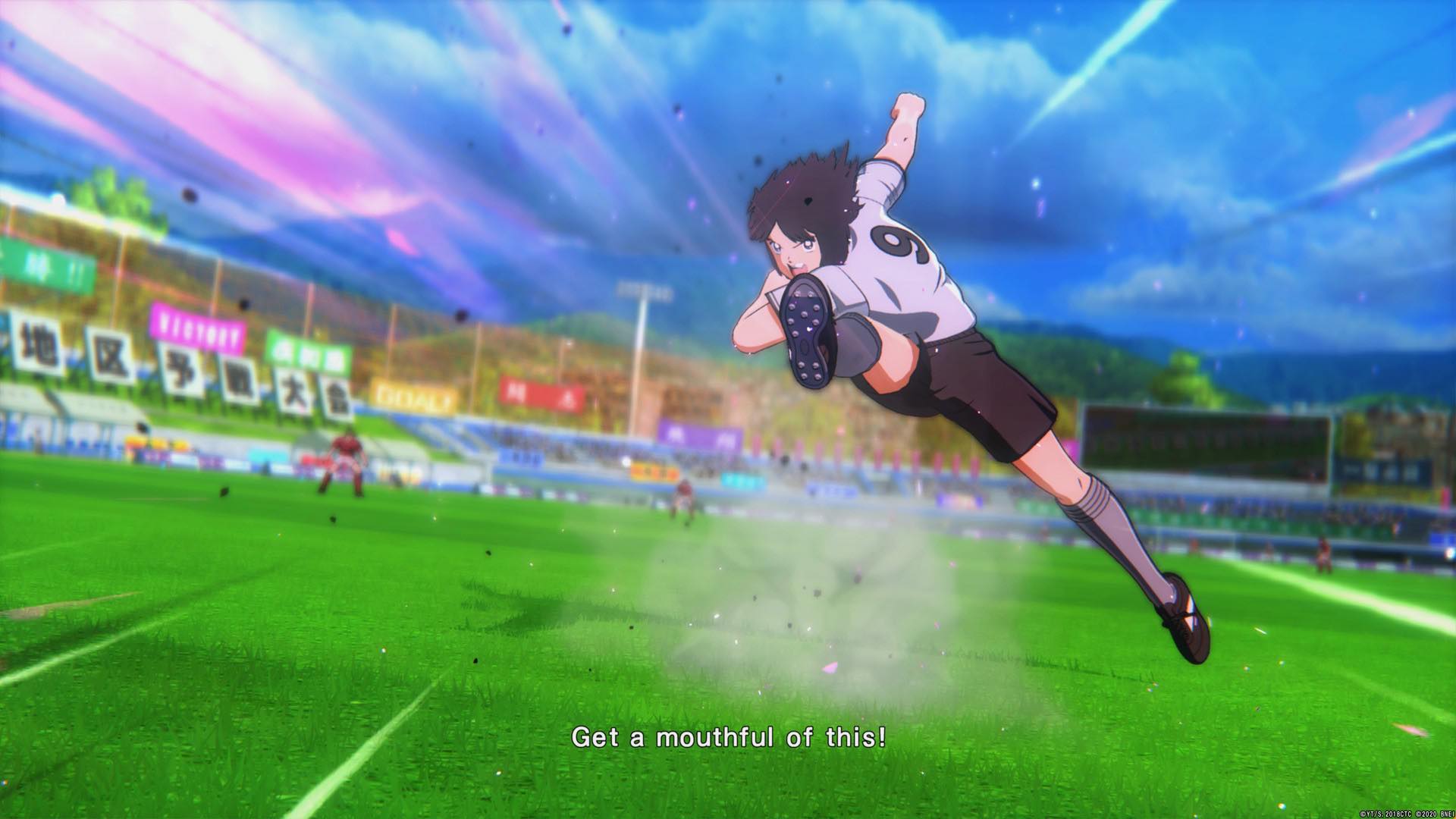
Putting the ball in between the goalposts is not complicated at all, as you only need to aim in the general direction of the goal to pull off a shot, but the main mechanic in scoring a goal lies in the spirit meter of the goalkeeper. At full spirit, even Tsubasa’s Drive Shot will not make it through, but every shot you make towards the goal will slowly bring that spirit meter down until eventually, a goal. There’s hardly any strategy here and scoring a goal mostly boils down to a battle of “who can bring down the meter first”, which is kind of ridiculous. The three times we’ve seen a goal on a mostly full meter was with Kojiro Hyuga’s Tiger Shot, but it has never worked with anyone else.
Of course, being a Captain Tsubasa game, this is exactly what you’ve come to expect. No (okay, SOME) semblance of simulation, just pure and fun arcade type Soccer which is fun, but gets bogged down by some clunky basics like sprinting and passing. You can change up tactics in a match, swap out players, switch positions, and so on. Do note though that we got to finish the campaign and then some by not changing any setting, which makes us believe that most of these is for show, or reserved for at least the highest of difficulty settings.
Create your own mullet superstar
The other campaign mode, entitled “New Hero”, takes you on a similar journey, but this time using a different team. This mode will have you create a custom character, level him up through gameplay, improving statistics based on in-game performance, and learning moves from different players to create the ultimate player.
Character customization has some semblance of depth. There is quite a number of hairstyles and jerseys and cleats to choose from, but none of them look especially satisfying or “cool” as some would put it, but this is also partly because of the style from which Captain Tsubasa is based from, where mullets and buck teeth are more than common occurrences.
There’s a loose storyline behind it too, but this mode generally ties in with spending in-game currency on player cards that will determine who you can gain special moves from, a form of gacha mechanic shoved into the game for good measure.
Yellow cards
While Captain Tsubasa: Rise of the Champions is a fun and serviceable game, there are quite a number of issues that stick out like a sore thumb. The AI, especially your own teammates, can be infuriating at times, especially during long ball opportunities where they would run away from the ball instead of towards it. Your opponents are none the wiser, as they would fall to the same defensive tactics over and over again, sometimes leading to them not even getting a shot off at the goal in some games.
Some of the more advanced techniques are quite tricky to pull off, and for an arcade style game, it doesn’t feel right to have those things there. Throughout the campaign, I’ve never been able to pull off touch passes and passes that lead directly to power shots just because they feel so unnatural to do that I found myself just dribbling, crossing, and shooting the ball for the most part. It has worked for me through both campaigns, so the need to pick those advance techniques up didn’t really feel necessary.
For soccer players, these guys run out of spirit (stamina) way too easily, only allowing maybe a third of the field before they need to recharge again. This makes it especially hard to score when you want to, as getting close to the goal without any reserve “mana” to pull off a shot will just result in a turnover.
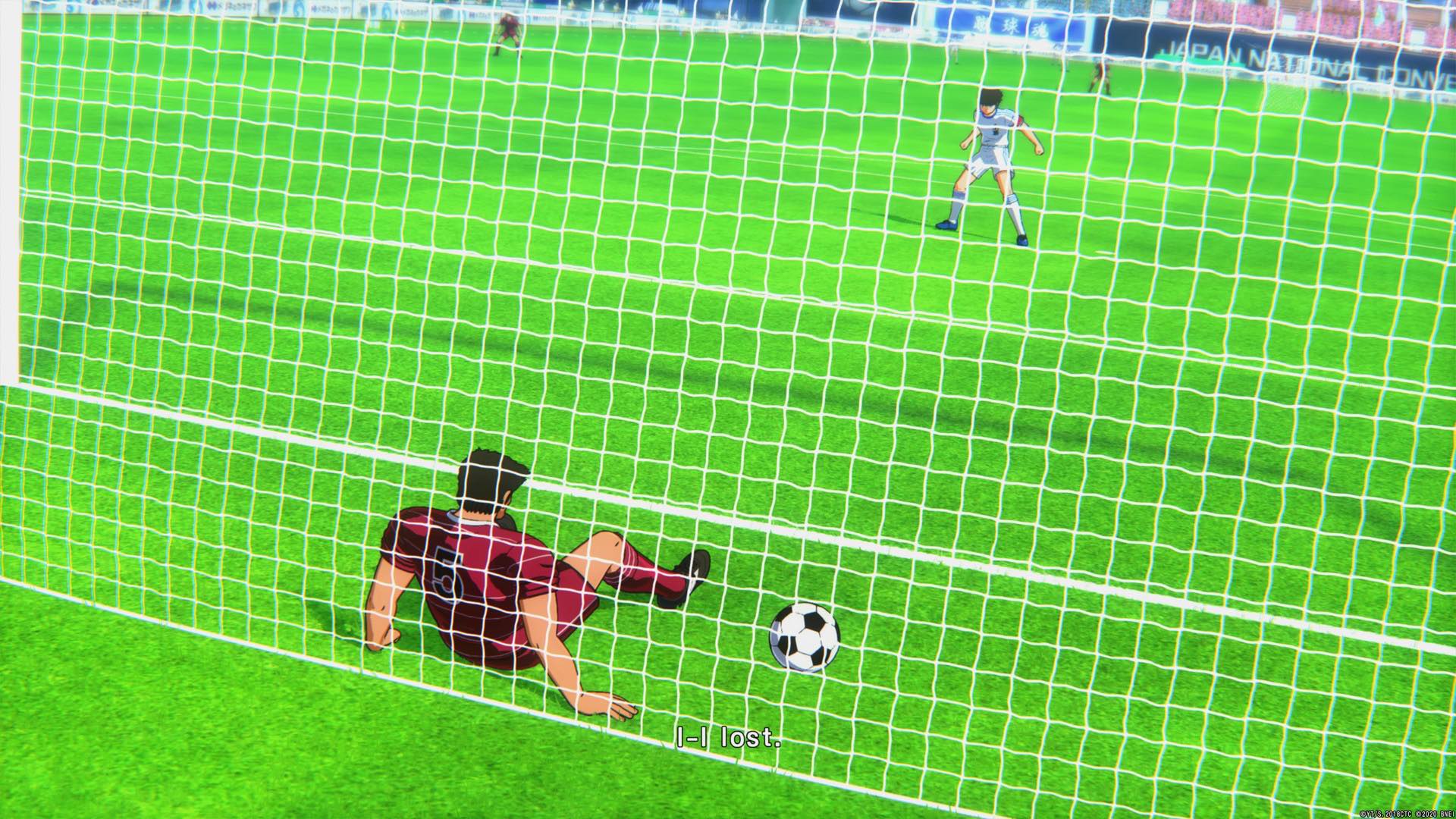
What we liked:
- Faithful to the source material
- Ridiculously exaggerated moves
- Voice acting and presentation
What we didn’t like:
- Scoring can be simplified into an almost fail-proof repeatable routine
- AI can be improved
- Repetitive gameplay
Verdict:

For what it set out to do, Captain Tsubasa: Rise of New Champions does it pretty well. It delivers the anime storyline straight into a playable game that’s ridiculous and fun, but also frustrating at certain times. Fans of the series will definitely get a kick out of this, especially with how faithful the game is to the source material, but players who are looking for a polished soccer experience will need to look elsewhere.
If you aren’t a fan of the anime or simply do not know anything about it like me, the game doesn’t have enough pull to be enjoyed by someone wanting more out of it. There is a lot to love about the characters and the anime moments, but the charm will most likely stop there. It is serviceable, but for the same price, there are other more worthwhile anime and / or soccer experiences out there that can scratch the itch for you.
Captain Tsubasa: Rise of the Champion was reviewed on a PS4 Pro through a review code provided by the publisher.

